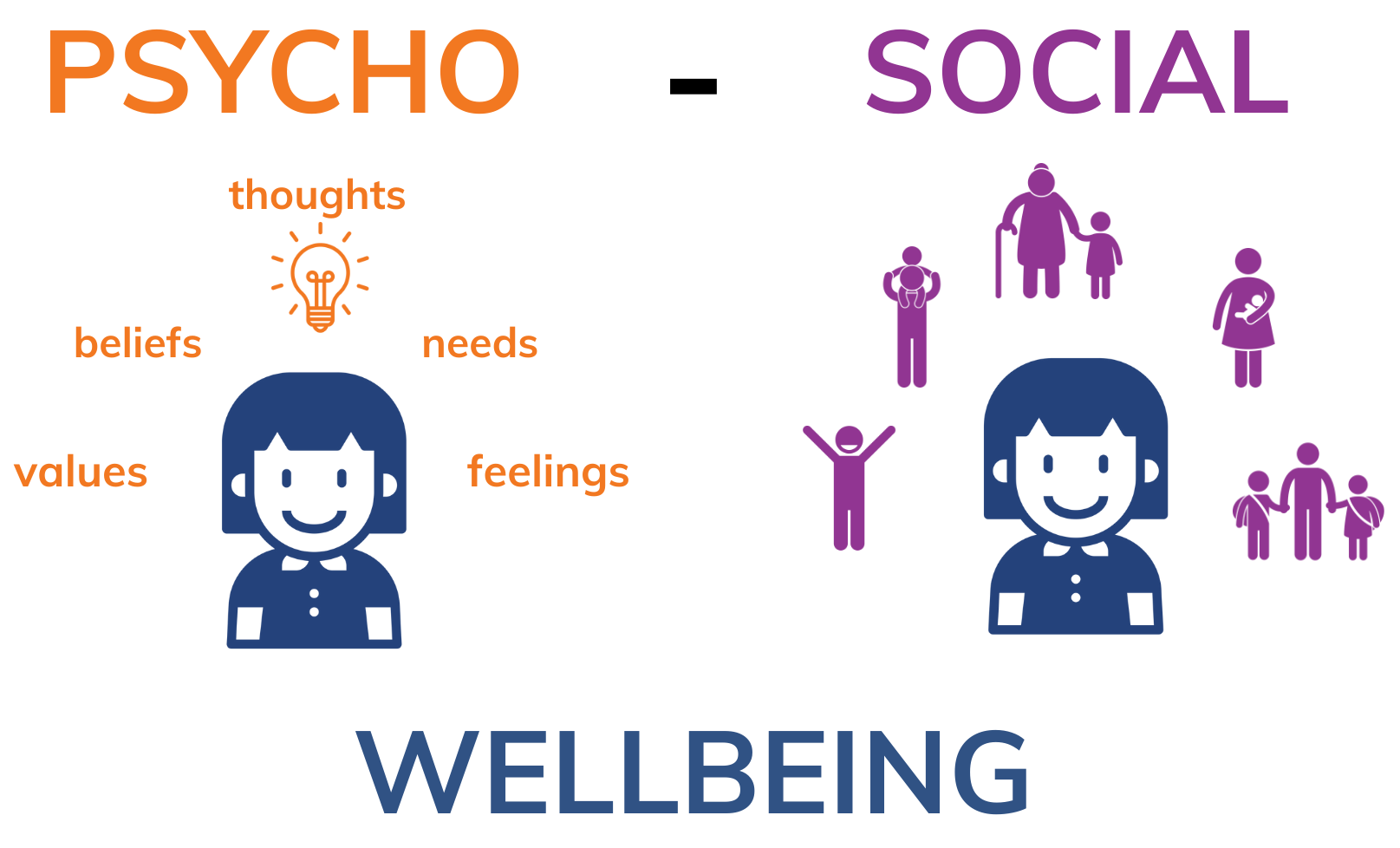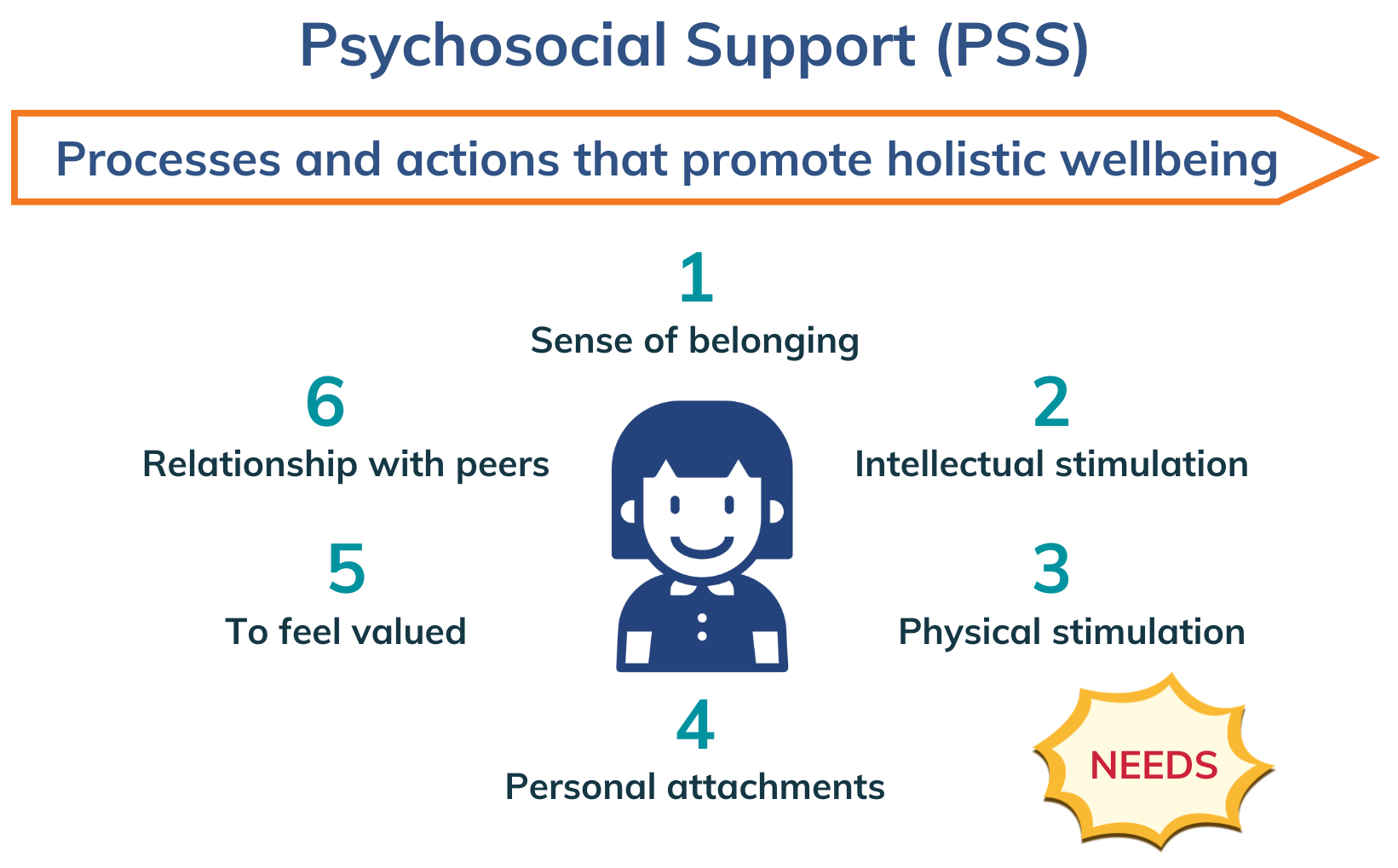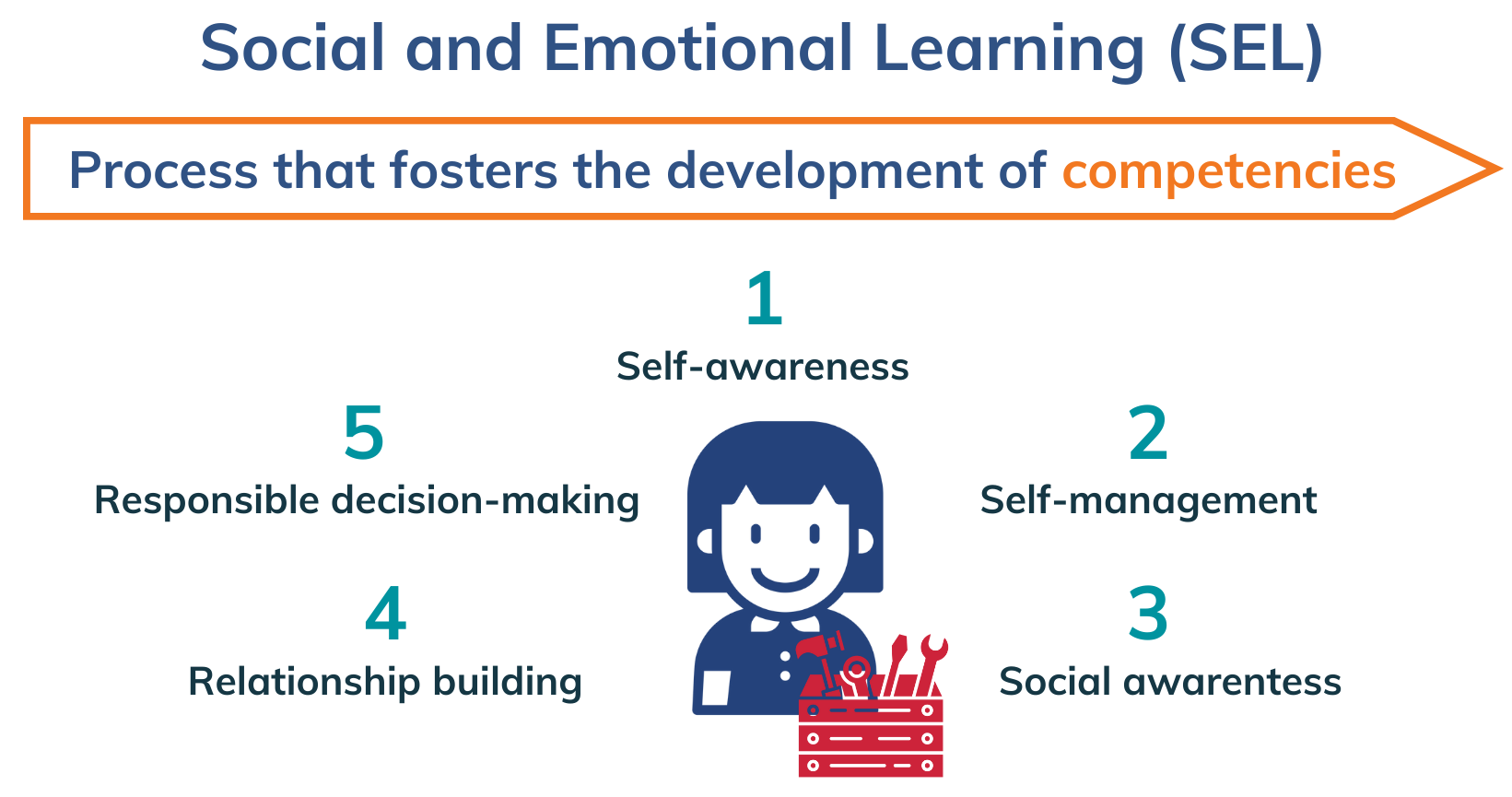MHPSS and SEL
Emergencies—including conflict, disasters, and forced migration—have negative effects on the psychosocial development of individuals, as well as on the short and long-term development of local and global communities. In emergency situations, children’s mental health and wellbeing can be severely impacted. Integrating Mental health and psychosocial support programs and services within education responses is essential to protect children and adolescents from the negative effects of crisis and adversity
While some stress in life is normal and even necessary for development—children need to experience some emotional stress to develop healthy coping mechanisms, problem-solving skills, and resilience —the type of stress a child experiences when exposed to a conflict or natural disaster can become toxic if there is intense, repeated, and extended activation of the body’s stress response system.
Humanitarian crises profoundly impact children, youth, teachers, and caregivers. They threaten every aspect of daily living, including housing, health, sanitation, recreation, and education. Crises can disrupt family structures and relationships, disturb social cohesion, and can create feelings of isolation, uncertainty, fear, anger, loss, hopelessness, and sadness. Early childhood interventions that support development from conception to age eight can create a buffer against the difficulties young children face in emergencies. These efforts can be enhanced by the people who are most important in a child’s environment—parents and primary caregivers, teachers, health-care workers, and others.
Key Terms and Definitions
Mental Health: Mental health is more than the absence of mental disorders. It exists on a complex continuum, which is experienced differently from one person to the next, with varying degrees of difficulty and distress and potentially very different social and clinical outcomes. Mental health conditions include mental disorders and psychosocial disabilities as well as other mental states associated with significant distress, impairment in functioning, or risk of self-harm.
Mental Health and Psychosocial Support (MHPSS): MHPSS is a composite term used across different sectors and aims to help individuals recover after a crisis has disrupted their lives and to enhance their ability to return to normality after experiencing adverse events. MHPSS can be both local or outside support that is:
- Promotive – promotes wellbeing
- Preventative – decreases the risk of mental health problems
- Curative – helps overcome psychosocial/mental health problems. *The term 'curative' should be used with caution as it is suggestive of a medical term. MHPSS is a 'support', not a 'cure'.
Psychosocial: The interaction between social aspects (such as interpersonal relationships, social connections, social norms, social roles, community life and religious life) and psychological aspects (such as emotions, thoughts, behaviors, knowledge and coping strategies) that contribute to overall wellbeing.

Psychosocial support (PSS): The processes and actions that promote the holistic wellbeing of people in their social world. It includes support provided by family and friends. PSS can also be described as a process of facilitating resilience within individuals, families and communitiy. PSS aims to help individuals recover after a crisis has disrupted their lives and to enhance their ability to return to normality after experiencing adverse events.

Social and emotional learning (SEL): The process of acquiring core competencies to recognize and manage emotions, set and achieve goals, appreciate the perspectives of others, establish and maintain positive relationships, make responsible decisions, and handle interpersonal situations constructively. The qualities SEL aims to foster include self-awareness, emotional literacy, cognitive flexibility, improved memory, resilience, persistence, motivation, empathy, social and relationship skills, effective communication, listening skills, self-esteem, self confidence, respect, and self-regulation. SEL is an important component that sits under the psychosocial support (PSS) umbrella. SEL is an important component of PSS that educators can and should address, since it contributes to children’s and youths’ improved psychosocial wellbeing. It is a pedagogical practice and process that is especially fitting in both formal and non-formal educational environments, since it promotes the skills and abilities that help children, young people, and adults learn.

SEL is an important component that sits under the MHPSS umbrella. INEE views SEL as an important component of MHPSS that educators can and should address. It is a practice that can be readily and easily employed in educational settings and one that contributes to children’s and youth’s improved psychosocial wellbeing. It is a pedagogical practice and process that is especially fitting in both formal and non-formal educational environments, since it helps children, young people, and adults alike to acquire and promotes the skills and abilities that help them learn more effectively.
Wellbeing: A condition of holistic health and the process of achieving this condition. It refers to physical, emotional, social, and cognitive health. Wellbeing includes what is good for a person: having a meaningful social role; feeling happy and hopeful; living according to good values, as locally defined; having positive social relations and a supportive environment; coping with challenges through positive life skills; and having security, protection, and access to quality services. Important aspects of wellbeing include: biological, material, social, spiritual, cultural, emotional, and mental.
For more information on Teacher Wellbeing, visit the Teacher Wellbeing Resource Collection.
Why provide MHPSS through education?
Systematic reviews have provided evidence that schools are critical platforms for MHPSS interventions in humanitarian settings, offering stability, structure, and routine that help children cope with stress, loss, and violence, and foster mental health and resilience (UNICEF, 2021).
It has further been shown that safe schools and non-formal learning spaces create protective environments, enabling friendship, play, self-expression, and stress reduction while promoting hope and collaborative behavior (Masten et al., 2013).
Education settings can address the wellbeing and mental health needs of children, caregivers, and teachers by:
- Creating inclusive, supportive learning environments.
- Equipping educators with skills to promote well-being.
- Encouraging open dialogue about mental health and well-being.
- Implementing SEL and mental health literacy programs.
- Ensuring early identification of mental health needs with connections to community support.
Education connects children with peers, families, and communities, fostering a holistic, supportive network to enhance well-being and recovery which is needed in times of crisis.
This collection was developed with the support of INEE's PSS-SEL Working Group.





